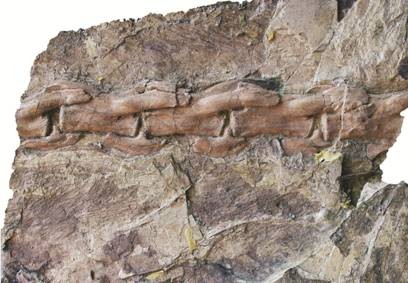New Species of T-Rex Discovered [PHOTOS]
Paleontologists have discovered a new species of T-Rex whose body features are different from the original T-Rex, according to a new report.
Paleontologists from the Institute of Vertebrate Paleontology and Paleoanthropology in Beijing have discovered a new species of T-Rex which is the largest feathered animal known to mankind.
The feathered meat-eating dinosaur lived nearly 125 million years ago and weighed approximately about 1,400kg, making it considerably smaller than its infamous relative Tyrannosaurus Rex or T-Rex.
Paleontologists discovered this new species when they were analysing three fossils found in north-eastern China. The new species is named as Yutyrannus huali, meaning "beautiful feathered tyrant" in a combination of Latin and Mandarin.
"The feathers of Yutyrannus were simple filaments," said Xu Xing, professor at the Institute of Vertebrate Paleontology and Paleoanthropology in Beijing. "They were more like the fuzzy down of a modern baby chick than the stiff plumes of an adult bird".
Researchers believe that Yutyrannus huali would have got their feathers because of extremely cold climate. They found that Yutyrannus lived during the middle part of the Early Cretaceous, when temperatures are thought to have been somewhat cooler, whereas its close relative T-rex lived in warm conditions during the late Cretaceous period.
The discovery is expected to give more clues about the pre-historic time, especially the era of the dinosaurs.
"Yutyrannus dramatically increases the size range of dinosaurs for which we have definite evidence of feathers," said Professor Xing. "It's possible that feathers were much more widespread, at least among the meat-eating dinosaurs, than most scientists would have guessed even a few years ago".
Recently an independent researcher, Professor Brian J Ford, claimed that dinosaurs might have lived underwater because of their huge body.
"Every time you see these images, they are always the same. These huge dinosaurs crunching across arid deserts holding these huge tails erect as they are looking around for prey," the Telegraph quoted Prof Brian J Ford, as saying.
"It makes no sense. Now just imagine that the landscape was water - it suddenly makes sense. This huge tail is buoyant, floating in the water. It becomes a swimming aid".
However, Chinese researchers suggested that Yutyrannus huali, a relative of T-Rex had feathers and got the features because of extreme cold. If dinosaurs lived underwater how they could get feathers remain a major question.
Here are some pictures of Yutyrannus huali:





© Copyright IBTimes 2024. All rights reserved.





